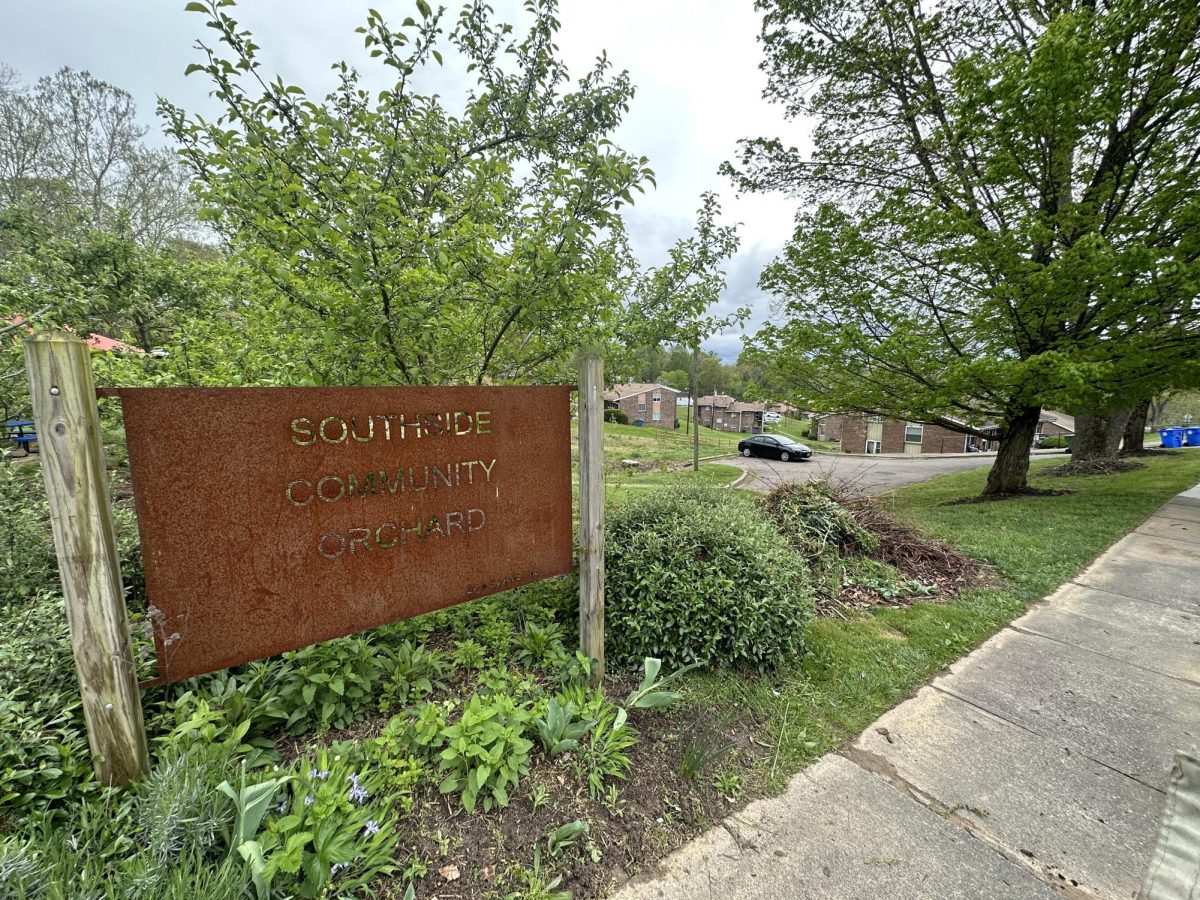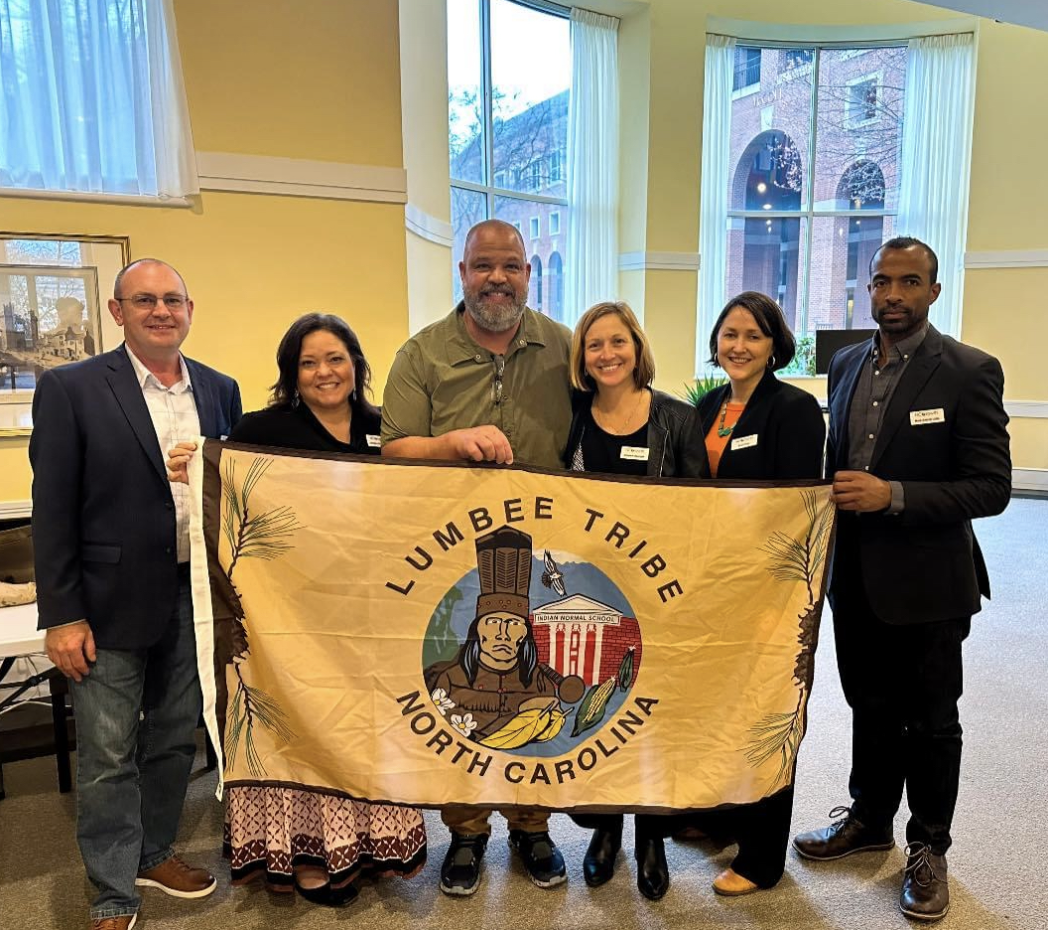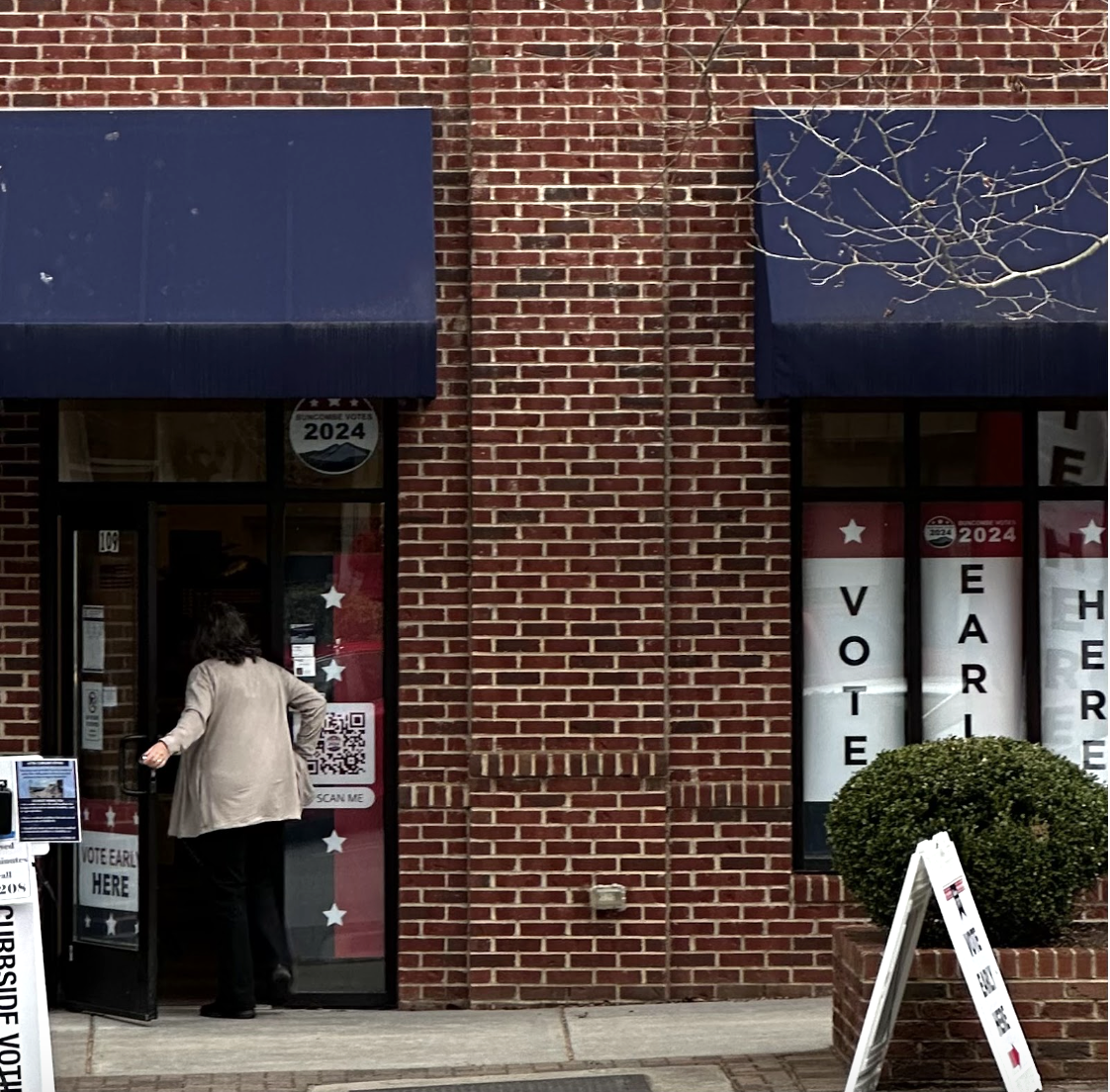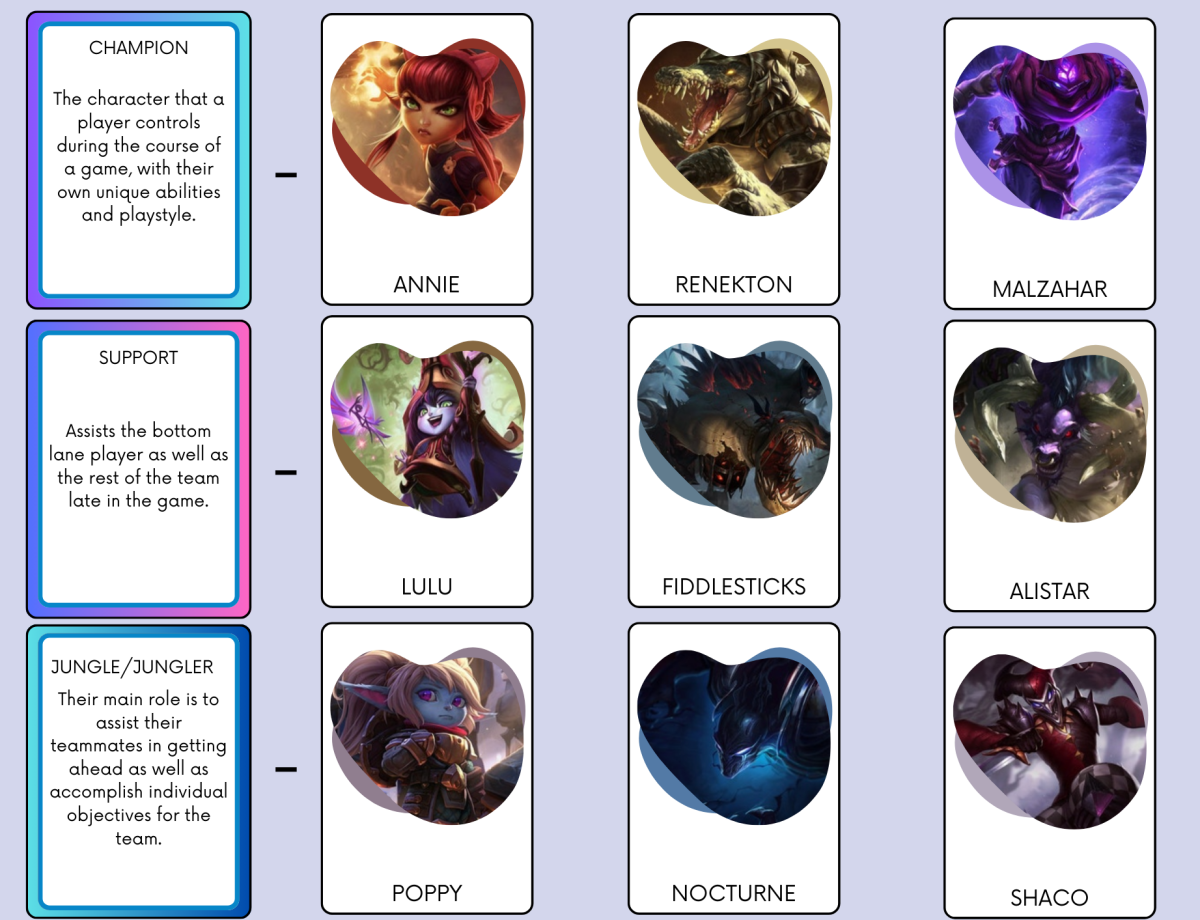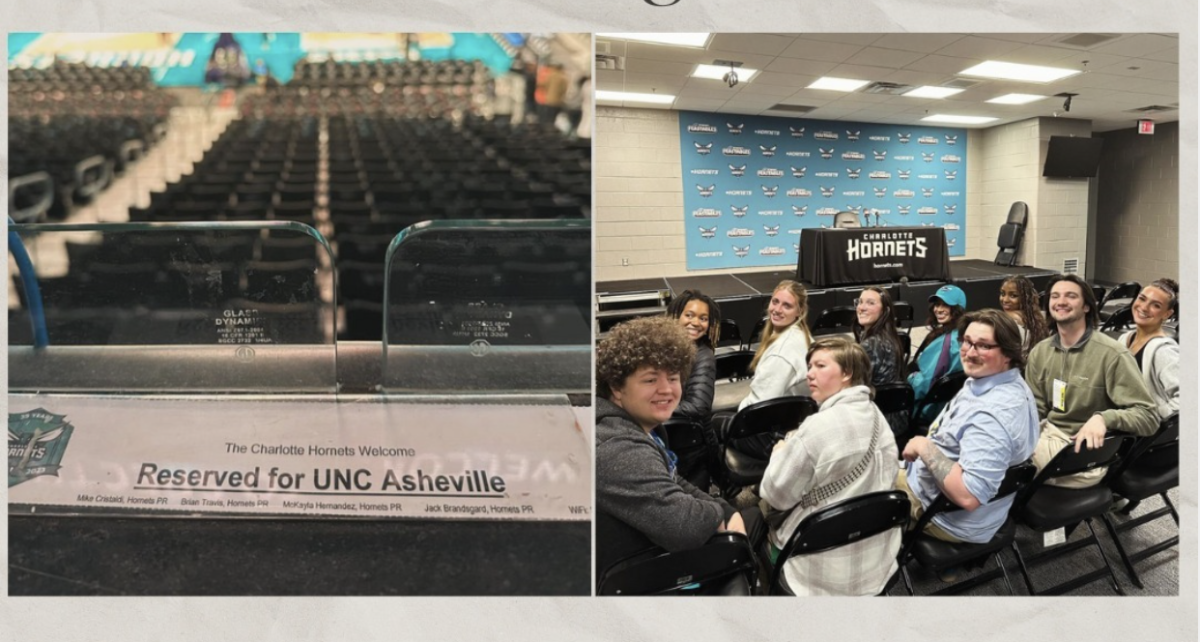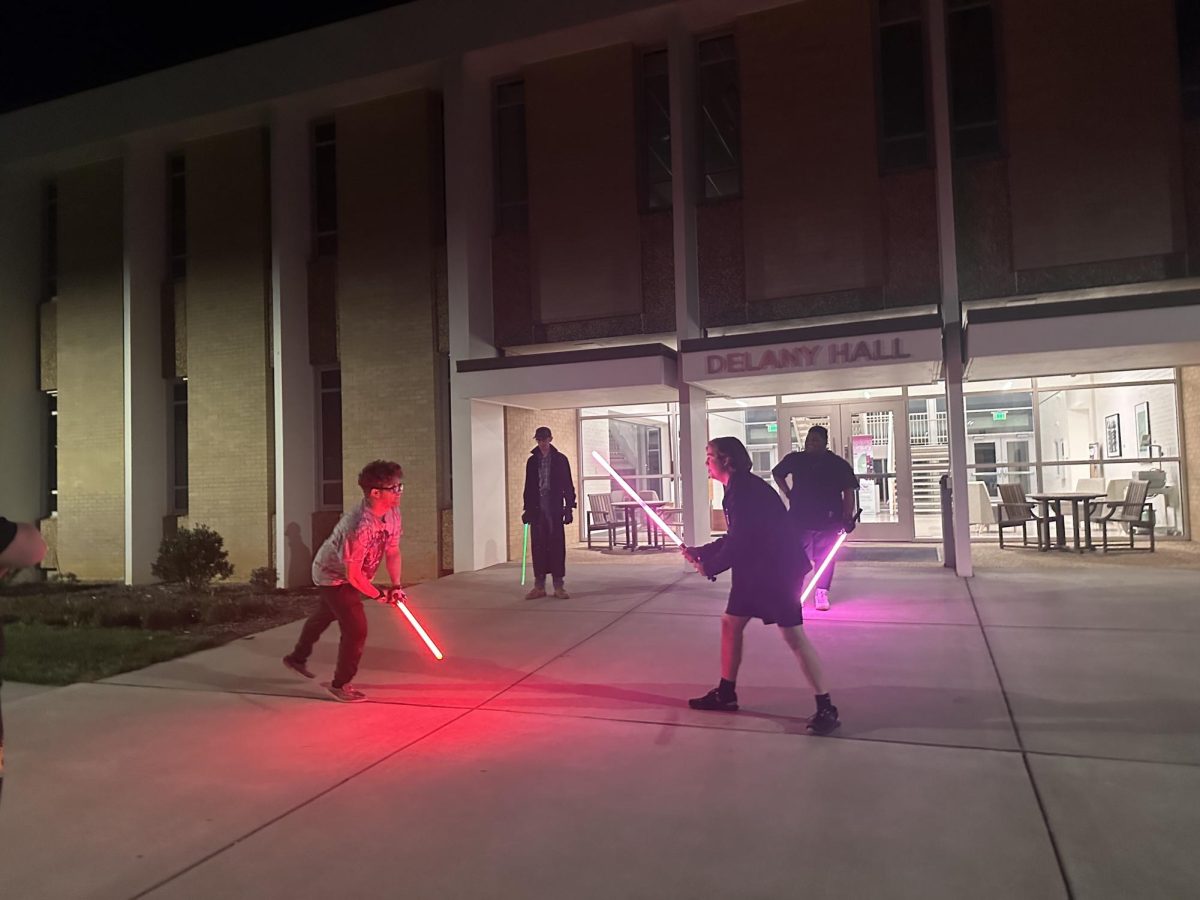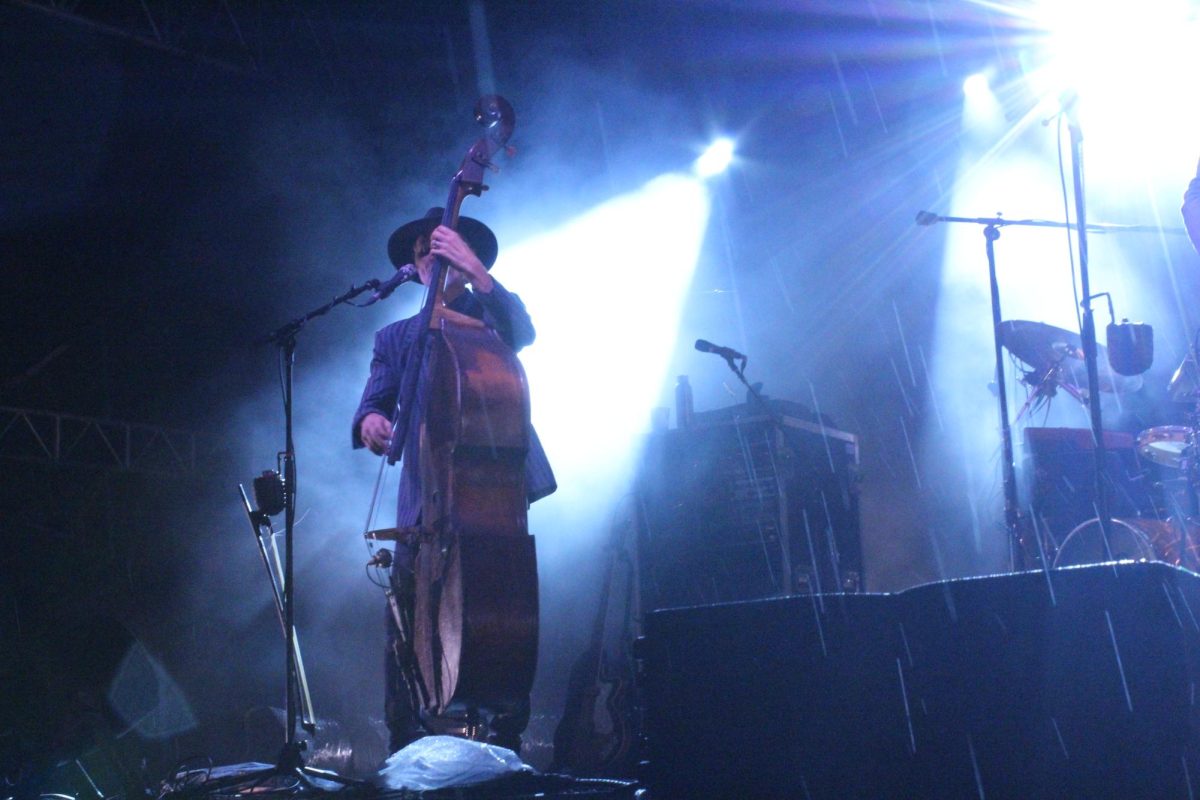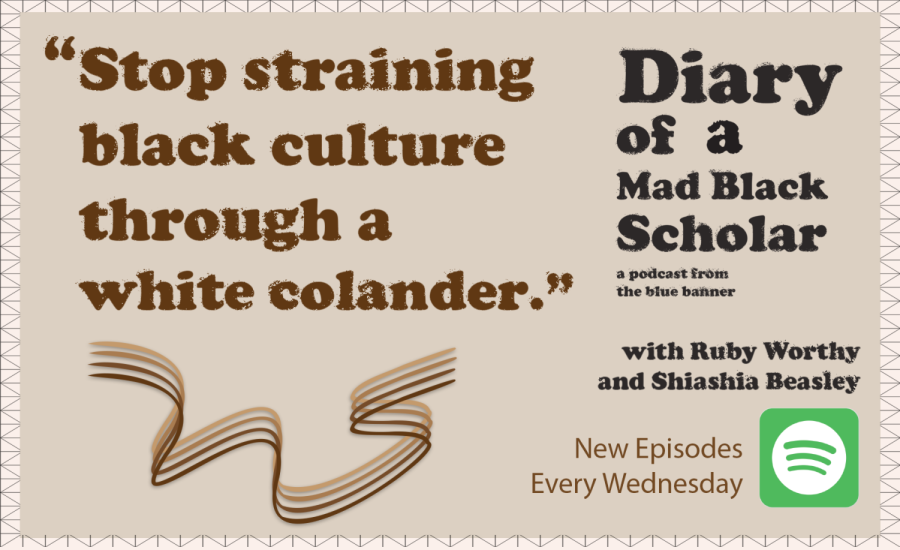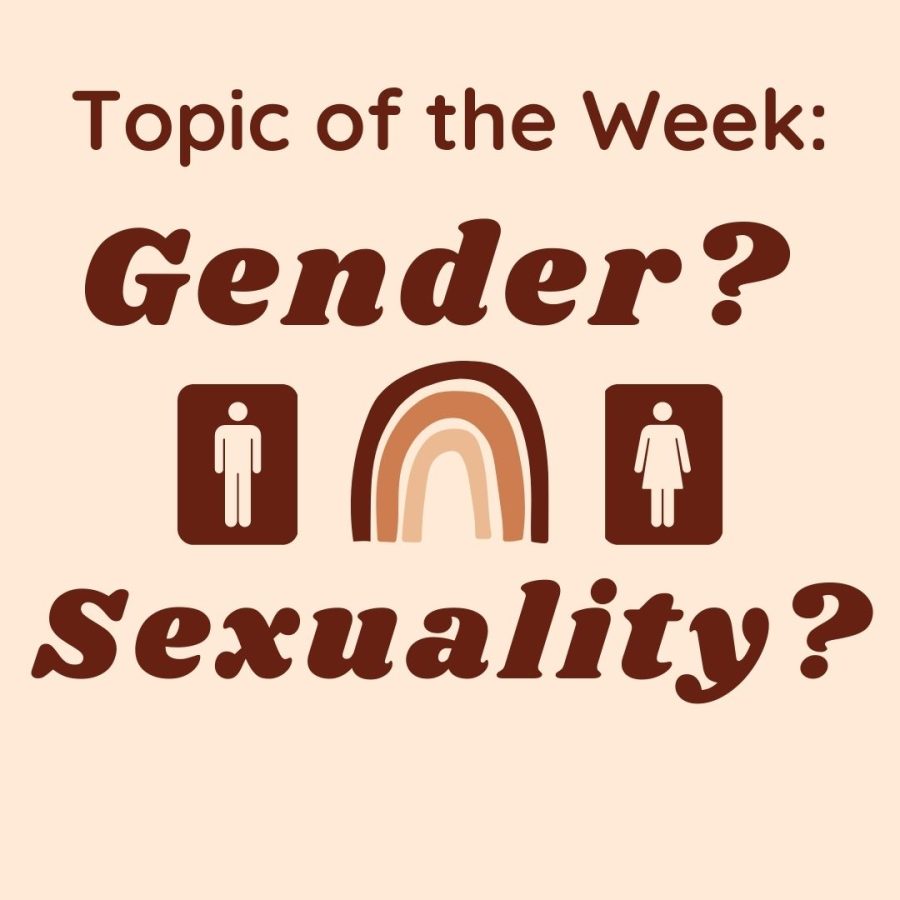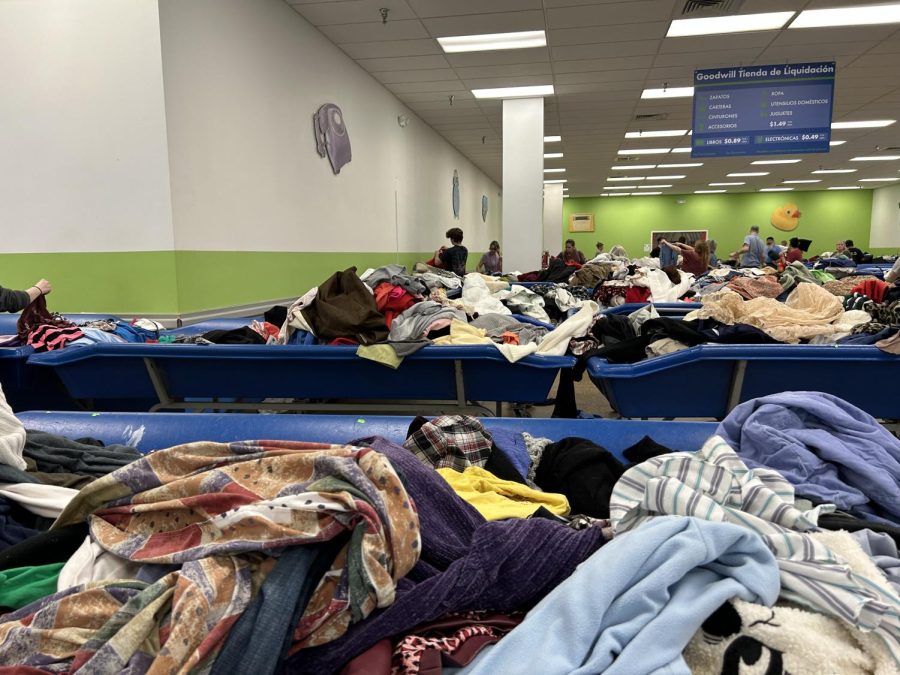Mark Monroe
Opinion Staff Writer
[email protected]
As a university which prides itself on being extremely progressive, UNC Asheville fails to accurately portray the student body in terms of diversity. The student population consists of predominantly white students and remains a blemish on the university’s reputation, as it should be. This lack of representation for people of color makes it seem as if UNCA uses them as token centerpieces for photo opportunities to garner positive attention.
When visiting UNCA’s website the chances of seeing a person of color on the front page heavily outweighs the likelihood of seeing a white person. The use of this tactic makes the university seem multicultural, deceiving incoming students who hope to be a part of a diverse college community. UNCA’s current students face the harsh reality of learning in a predominately white environment.
Much of the curriculum taught surrounds around white history and culture, whereas classes about other races and cultures are either minors or extracurricular; the humanities being one of the few classes to incorporate multiple viewpoints. The muffling of culture limits the true voice of the student body, leaving groups in the minority to speak out against the overwhelmingly apparent majority and rendering them nearly silent in a sea of stronger and louder opinions which they have to face every day. Students of color also feel the weight of inequality throughout the day, sometimes being the only one in their classes, clubs or activities leaving them out in the open for increased speculation rather than immersed in the overall learning environment.
This results in people who claim to see no race. Turning a blind eye to the racial inequality in society and UNCA as a microcosm only detracts from the efforts of those fighting for equality. This problem persists due to people not wanting to seem racist, but not willing to speak against the majority they are a part of, while others simply do not know enough about what others are fighting for to do anything supportive.
A lack of education surrounding movements such as Black Lives Matter keep people and students alike in a hole of inability and apathy. Since they do not know enough about the cause they try not to get involved or brush the problem off since it does not affect them directly. Many learn about movements or protests solely from what they see on the news or what they read, each of which can be heavily manipulated. This creates a fog between the consumer and the truth, the information manipulation leading to a misunderstanding of what people are fighting for.
The less involvement the slower it will take for everyone to be treated equally. It becomes a cycle where it takes more than just a handful of outspoken students to spark change, it takes entire communities.
Since white students consist of over 80 percent of the student body, they are the ones who need to speak up against the lack of diversity. The majority needs to take a look at itself and understand the problems stemming from their privilege and help out their fellow misrepresented peers.
Many classes consist of white students all with similar opinions, consequently leaving many in-class discussions one-sided. There is no learning if everyone stays in an echo chamber. It requires multiple viewpoints from all backgrounds to create conversations and richer dialogues to aid in questioning the status quo and better understanding one another.
Increased acknowledgement is essential for students of color, not simply because of their skin color, but because of their ability to provide to the overall learning environment at UNCA. The more voices UNCA has the more we can learn to appreciate our professors and peers. The need for equal representation asks for all students to be treated the same and given the same opportunities to grow, learn and pursue their careers without being weighed down by the ignorance of others.
UNCA needs to acknowledge the problem of low diversity and address it head-on to solve it. Pretty pictures on the homepage will not solve anything and neither will it help students in the future feel fully integrated. Covering it up becomes a temporary solution to a permanent problem which will eventually blow up in all our faces if we refuse to acknowledge it.
Latest Stories
- UNC Asheville Die-In
- AI use in schools and the workforce raises concerns
- Southside Community Farm seeking voters for safety
- Students wonder if campus dining is actually adequate
- Tribal political activities surge due to Lumbee tribes request for federal recognition
- Learn a Language!
- Questions On the Quad Episode 11
- What Do Blue Banner Staff Listen To?
- Asheville residents at odds over U.S. financial assistance to Ukraine
- The UNC Asheville Saber Club’s duels remain, moved to AC Reynolds Green
